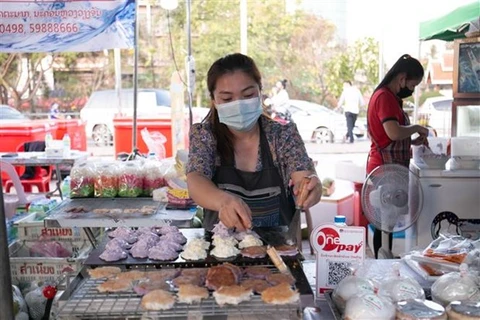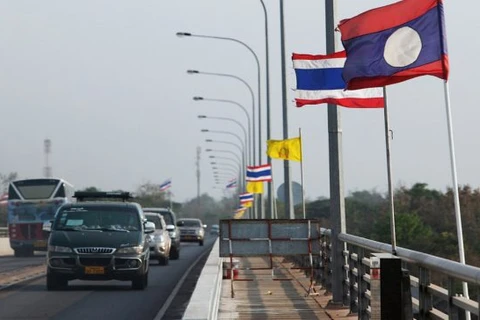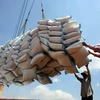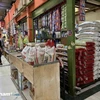Vientiane (VNA) - The year-on-year inflation rate in Laos jumped to 6.25 percent in January, the highest figure recorded since January 2020, according to the Lao Statistics Bureau.
The cost of goods and services has continued to climb since March 2021 and jumped to 5.04 percent in November before rising to 5.27 percent in December, it said in the latest report.
It blamed rising cost of fuel for surging inflation. The COVID-19 pandemic, especially the emergence of the Omicron variant, and the volatile fuel market have affected the inflation rate in countries around the world, including Laos. The steady depreciation of the Lao currency kip is making it even harder to curb inflation in the country.
In January, the cost of goods and services was mainly driven by the communications and transport category, medical care and medicine, restaurant and hotel. Costs in the communications and transport category rose by 1.26 percent month-on-month, and 13.72 percent year-on-year.
The surge in this category is linked to the price of oil and gas which rose by 29.53 percent year-on-year in the month, affecting the cost of transport and the price of goods on sale in the local market.
The Lao government is taking steps to boost productivity in order to reduce imports and control the rising price of fuel to ease the impact on the economy. The government has decided to cut value-added tax from 10 to 7 percent this year and cut the oil reserve to zero kip per litre, according to the report.
In Singapore, the Ministry of Trade and Industry (MTI) and Monetary Authority of Singapore (MAS) have announced that the core inflation rose to 2.4 percent year-on-year in January, up 2.1 percent against the previous month.
Singapore's MAS core inflation excludes the costs of accommodation and private transport, and CPI-All Items inflation represents the rise in the consumer price index for all items.
According to MTI and MAS, the core inflation rise in January was driven by higher inflation for food and for electricity and gas, as well as a slower pace of decline in the cost of retail and other goods. The CPI-All Items inflation stayed unchanged due to a moderation in private transport inflation offsetting higher core and accommodation inflation.
They said the MAS core inflation is projected to pick up in the near term and could reach 3 percent by the middle of this year before easing in the second half, adding that the MAS core inflation is to average 2-3 percent for the whole year./.























